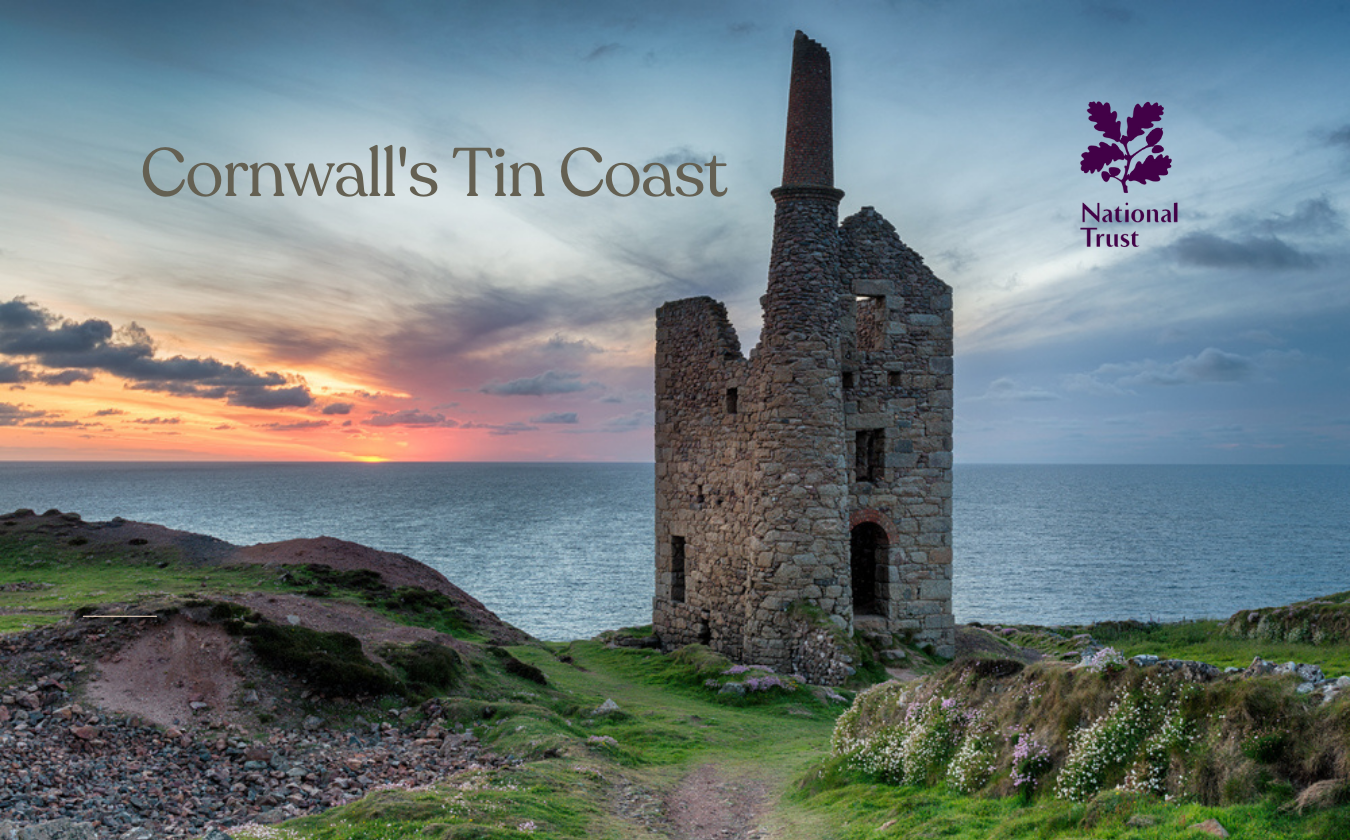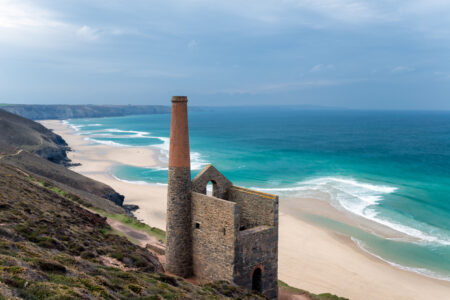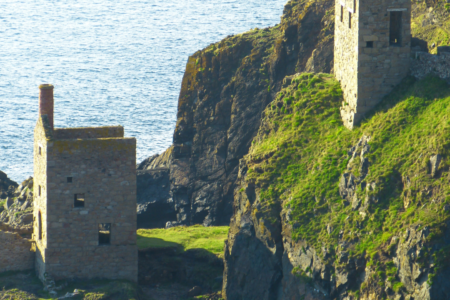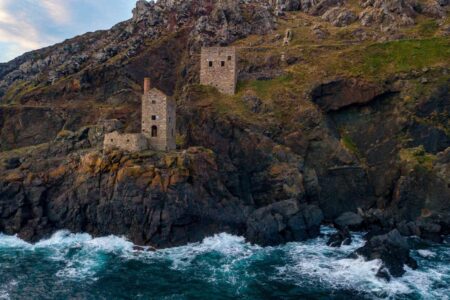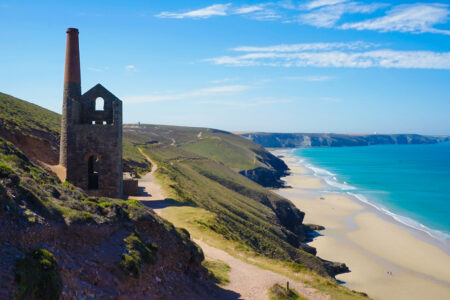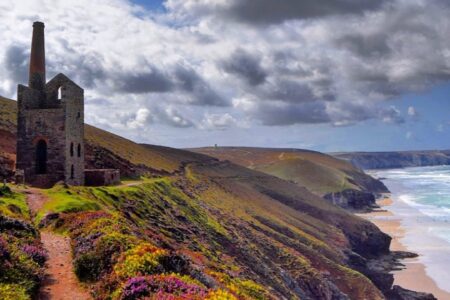Ian Marsh is the general manager of the West Cornwall National Trust. He spoke to us about the continuing importance of Cornwall’s Tin Coast, an area rich in history and wildlife, whose iconic buildings are so integral to the image of the region.
Why is the Tin Coast so historically important?
The story of the Tin Coast is one of mining and industry, but it also had influence on the industrial revolution. After the tin, copper and the easier-to-access minerals were worked out of the ground, people needed to go deeper. That coincided with the rise of steam technology and its use in areas like this. That technology was then used to power trains and factories, and it spread throughout the rest of the world. It was one of the crucibles of our society, but also the beginning of the sort of challenges we have to deal with today.
What structures should people be looking out for?
The engine houses that you see are pretty iconic in Cornwall and have a particular look that people recognise. They were built from the mid-1800s and most of those places are conserved for people to visit, especially the ones in National Trust ownership. The last mine to close in 1990 was Geevor, so there’s also more modern structures down there. It’s a huge site, which is open to the public and it’s a really good place to visit, with a museum as well.
Are there any that you can go in?
Some you can only see from the outside and most of them don’t have roofs anymore. Some of them are ruins, but you are safe to go in. At Levant we have an engine house with a working steam engine still in it – the only Cornish engine in its original location. You can get the sense of the smell and the noise.
What else was produced on the Tin Coast?
The industry went through real boom and bust times and arsenic was a product that actually kept the industry going. Arsenic is a waste product from when you refine the ore down. It was used as a pesticide, particularly in America, for cotton and it was even used in make-up. In Botallack, you can see the arsenic Calciners – brick arches where it was collected as the smoke cooled. It was really hazardous and people would tie handkerchiefs across their mouths and scrape the arsenic off.
How did mining affect the local environment?
There’s an account from about 1900 of a walk around the coast of Cornwall. The writer stood at Pendeen Watch, which is a lighthouse, and he looked across towards Levant. He described it as the most desolate, polluted place he’d ever seen. It was a landscape that was completely scarred by mining, where not a blade of grass was growing. And actually, if you walk from Levant to Geevor, you can still see areas that look more like a moonscape than a wild untamed coast.
But nature has really come back in other areas. Some of the habitat, particularly the short grazed fields, really favour species like the Peregrine falcon and Cornish chuff, which had left Cornwall for many years. The mine waste also gives a good habitat for things like rare lichens, mosses and plants that can tolerate pollution. They will then start to clean these areas – nature has evolved to decontaminate the landscape.
How can people find out more?
The Tin Coast explorer app and the website (tincoast.co.uk) has a lot of stories told by the people who live there and it’s fascinating. There’s so many great stories; people who used to be miners; tales of great sadness and tragedy connected to the mining industry. But there are also stories that are amusing and tales of the things that kept people going. The Tin Coast is a place that genuinely changed the world. For better or for worse, it’s important to understand the context of it.
